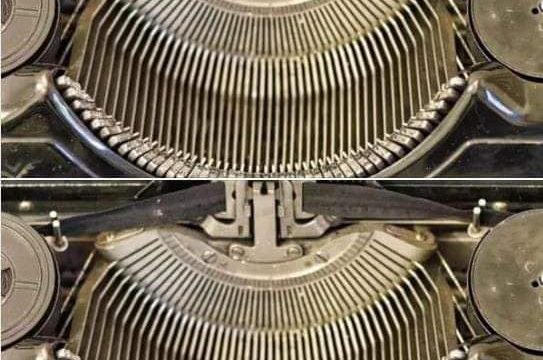The Legacy of the Feeler Gauge Tool: Shaping Precision Tools Today
The evolution of precision tools in modern industries owes a great deal to the legacy of the vintage feeler gauge. While technology has advanced with the introduction of digital and electronic measurement devices, the fundamental concept—using thin blades to measure gaps—remains a staple in precision engineering. This enduring design has not only stood the test of time but continues to influence the development of newer tools, ensuring they maintain the same level of accuracy and dependability that has always been the hallmark of the original feeler gauge.
A Collector’s Treasure
For antique tool collectors and enthusiasts, vintage feeler gauges hold a special charm. These early instruments are valued not just for their functional purpose but for their historical significance and the craftsmanship they represent. Built with incredible durability, these tools from the early 20th century exemplify a level of engineering ingenuity that is rare today. Collectors often seek well-preserved sets of feeler gauges, appreciating both the practical and aesthetic qualities of these mechanical marvels, making them prized treasures in the world of antique tools.

A Hands-On Teaching Tool
The significance of vintage feeler gauges extends beyond collections; they continue to play an important role in technical education. In vocational schools and technical training programs, instructors often use these tools to demonstrate the fundamentals of mechanical measurement. By introducing students to these gauges, educators can teach not only the importance of precision but also the origins of techniques that are still used in modern engineering. The tactile experience of working with vintage feeler gauges allows students to grasp key mechanical principles in a way that is often lost in purely digital environments.
A Lasting Impact on Industries
The simplicity and reliability of the feeler gauge had a profound effect on a wide range of industries. Its precise measurements ensured that machinery, particularly in automotive and manufacturing sectors, could be assembled and maintained with exceptional accuracy. The gauge’s legacy is still visible today; its design principles continue to be embedded in modern tools used by mechanics, engineers, and technicians around the world. As industries advance, the feeler gauge remains a reminder of the essential value of accuracy and the importance of straightforward, practical solutions in engineering.
Continuing Inspiration
Though modern technology has brought about sophisticated devices, the influence of the feeler gauge cannot be overstated. It remains an iconic example of a tool that combines simplicity with function—qualities that many modern tools strive to replicate. From its role in teaching budding engineers to its place in collectors’ showcases, the feeler gauge has made an indelible mark on the world of precision tools. This legacy continues to inspire and influence the development of new instruments, ensuring that the principle of precision is carried forward into the future.





